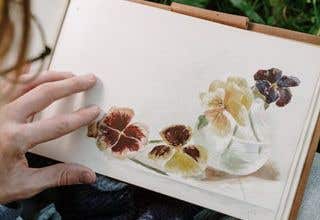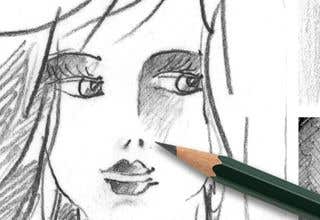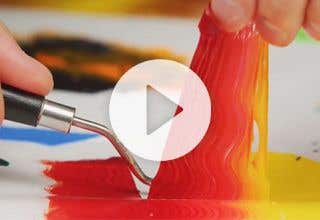When looking through watercolour papers, you’re likely to have seen a variety of textures and weights to choose from! It can be confusing at first, so we want to break it down for you and get you one step closer to making your watercolour masterpieces!
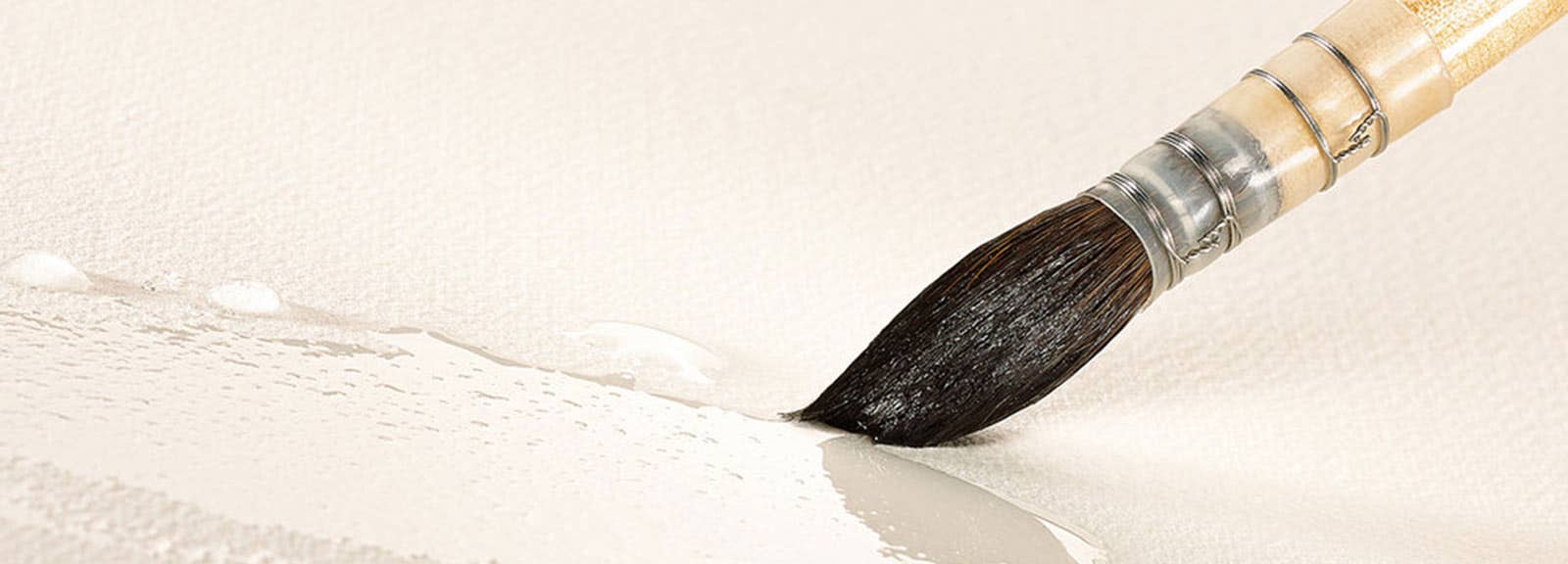
Rough Texture
Rough textured paper is great for creating pieces with large water washes, as it will accept these well without blotching! The texture of rough paper will enhance any granulation effects, so it’s not recommended for fine detailed work but rather for bold and expressive pieces of art.
Cold Pressed Texture
Cold pressed paper is also known as medium texture paper, or you may also see it listed as ‘Not’. This refers to the fact that it is not hot-pressed in the manufacturing process. Cold-pressed paper has a slight texture to the surface, giving it a bit more tooth than plain paper and making it a great paper to start with when you begin watercolouring.
Cold pressed papers don’t have the same level of tooth or texture as rough papers, however, they are great for creating art with smaller details while still retaining some of the textured look. This texture is the most versatile of the three and is therefore generally the most popular, especially among those newer to the watercolour medium.
Hot Pressed Paper
Hot pressed paper is also referred to as smooth texture paper, and is unsurprisingly the smoothest of the three paper textures! Due to this smoother surface texture, it is the best option for creating artwork with lots of fine and intricate detail. However, this paper is not as good for accepting large flat washes of colour.
Another benefit of hot press paper is that colours will appear more vibrant and brilliant on it compared with cold press or rough textured papers. This texture paper is a favourite among realistic watercolourists and also some graphic designers who intend to photograph or scan their work and don’t want the rough paper texture look to come through.
What is GSM Paper Weight?
GSM refers to the weight or thickness of the paper. It indicates the grams per square meter of the paper, providing insight into its durability and suitability for watercolour painting. Watercolour paper typically comes in various GSM options, ranging from lighter weights around 190 GSM to heavier weights exceeding 300 GSM. A higher GSM indicates a thicker and more absorbent paper, capable of handling multiple layers of watercolor paint and wet-on-wet techniques without warping or buckling. Artists often choose watercolour paper with a specific GSM based on their preferred painting style and desired effects, ensuring optimal performance and longevity of their artworks.
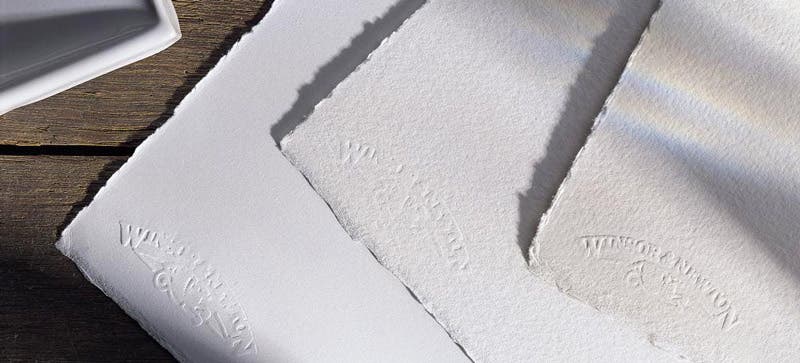
Some final thoughts…
The type of watercolour paper you work with is dependent on the look you are going for and the style of artwork you are hoping to produce. If you haven’t worked with watercolours much before, we recommend starting with medium-textured watercolour paper and a weight of around 300 GSM. This texture strikes a balance between rough and smooth surfaces, allowing for versatility in painting techniques while providing enough tooth for paint adhesion. The weight of 300 GSM offers durability and stability, capable of handling multiple layers of paint and wet washes without excessive buckling.
Another thing to look out for with your watercolour paper is checking that the paper is acid-free. Acid-free papers will hold up better over time without discolouring or breaking down as easily.
We hope this helps you better understand the difference between various textures when you’re looking for watercolour papers! At Eckersley’s, we are proud to offer a huge range of watercolour papers, pads, and journals in a variety of textures and paper weights to help Australian artists get creative! Check out our range online, or head to one of our stores and speak with our friendly staff about your watercolour paper and supply options!
Happy creating!







